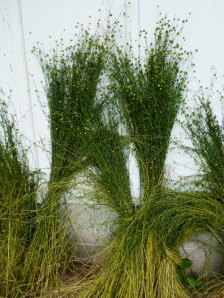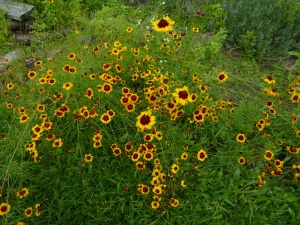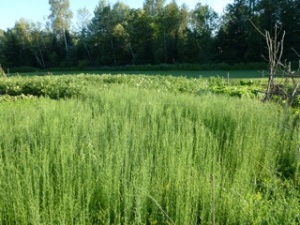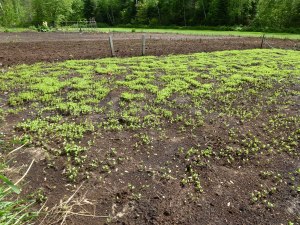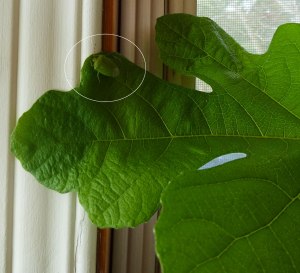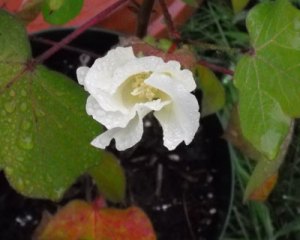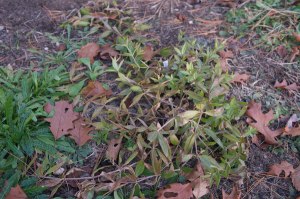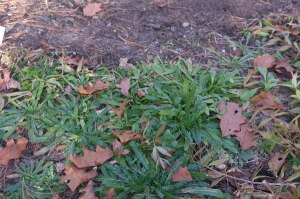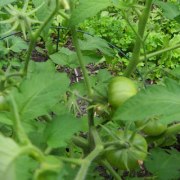Over the past few days, I’ve removed the seeds from my flax bundles (there were 104 bundles this year!). As I do not have any actual flax tools, I found a small metal dog comb that was fine for my purpose. The seed pods were captured in a sheet spread on the lawn, then a rolling pin on a cookie sheet was used to crush small batches of pods to release the seeds.
At this point there is a large amount of chaff and various bits and pieces mixed in with the actual seeds that I plan to save and plant next year. Until this is mostly removed, I will have no idea how much seed I’ve actually got. I did winnow a small sample to see how much chaff could be removed by pouring the crushed seed/chaff mixture back and forth from one bowl to another, and the breeze did a pretty good job of removing the lighter chaff.
Flax seed separation might be a slow process, and I’ll have to wait for a day with a breeze. The flax bundles are now easier to handle as the seed pods that made them stick together and tangle up are now gone. They await some retting experiments when time permits.

